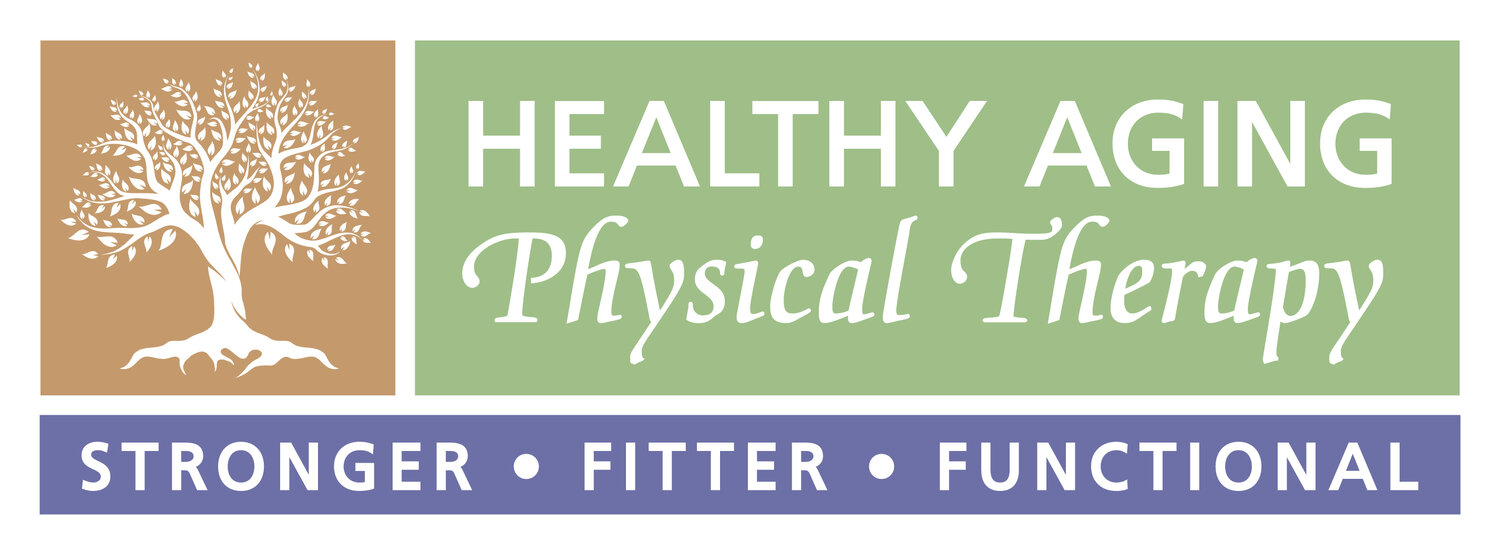How do we RETRAIN the BRAIN?
Ever wonder how to RETRAIN the BRAIN? Read on learn all about the wonderful world of NEUROPLASTICITY….
I asked a patient of mine to do a particular exercise "100 Times a Day" last week. I told him I didn't care if he did it 100 times in a row or if he breaks it up throughout the day, but I told him it was the only thing I wanted him to focus for the week. I walked in today, and not only did he tell me he's done it every day, but that one night he went to bed at 11:30PM, realized he forgot and got OUT OF BED to do his last 25. (Yes, this WAS the highlight of my day!)
Now, this is not something I do all the time, and certainly not an effective way to strengthen a muscle or stretch something tight. But what I wanted to do, is 'retrain' his brain to recognize a movement pattern and perform it better to improve his walking pattern. Did you know it takes an average of 2000 trials for an animal to learn a reward-motivated pattern (like tapping a lever for a treat), and even more for athletes or musicians to master a new motor skill involved with their sport or craft?
Rehab is no different. If we are asking our patients to make changes that we hope become habit, we need to follow the principals of neuroplasticity (neuro-what??! Yes, neuroplasticity is one of my favorite words - no surprise there, right!). Neuroplasticity is the ability for the brain to change - and this change can be positive, like learning a new skill, or negative, like losing a motor pattern like walking, dressing or eating, after experiencing a stroke, brain injury or other neurologic injury.
So what encourages 'positive neuroplasticity' - and how DO we 'retrain the brain?' It's simpler than you may think:
Repetition: Back 'in the day,' (aka when I went to grad school), it was thought that we had to complete repetitions in perfect form to retrain the brain properly. This meant lots of hands-on guidance from therapists, and even passive exercise like forced cycling. Fortunately, what the research has shown lately, is that the movement doesn't have to be perfect, but it does have to be repetitive...and INTENSE.
Intensity: Like the old adage says, nothing good ever comes easy, and harnessing the power of neuroplasticity is no different. Retraining the brain is just like strengthening a muscle. If I wanted stronger biceps, lifting a one-pound weight over and over is not going to cut it. I'd have to lift something heavier than I can currently handle, to stimulate the muscles to grow STRONGER to be able to manage this new load. The brain is the same. We need to give it a task that requires focus, concentration and demands attention. It needs to be INTENSE to give the brain a good reason to pay attention!
Saliency: PS. It's also got to MATTER. The brain pays more attention to something that it cares about. Picture someone on an assembly line doing the same menial task day in and day out. This is not salient to that person, but making money to feed his or her family may be, so they show up and do it again each day. We've got to choose tasks, and activities that are interesting, motivating and personally relevant to our patients, to encourage neuroplasticity. Whether this means linking an exercise or activity directly to one of their personal goals, or engaging them in activity that they get joy, pride or some other form of satisfaction from participating in, it’s got to MATTER to make a DIFFERENCE.
Repetition: See what I did there? (ahh, PT jokes...), but seriously, repetition MATTERS, maybe more than anything on this list. I'm learning as I become a more experienced (/OLDER) clinician to give less, while giving more. Ever been gone to PT and been given 10 pages of exercises only to 'lose them' on the way home, or tuck them away somewhere never to be seen again? (yes, I have too...no judgement here). What if we give them ONE thing to focus on - that hits all these criteria - something intense, meaningful and challenging - and ask them to do it over and over again? THAT'S where the magic is going to happen.
So back to my motivated, compliant, amazing patient above. Guess what? I came back to today, and he was walking BETTER. Five days of specific focus on one activity. It works, guys, I promise...
Who are we and where do we go?
Healthy Aging Physical Therapy provides Physical and Occupational Therapy in the comfort of your own home (“Outpatient at Home”). We accept Medicare B, Blue Cross Blue Shield and most Medicare Advantage Plans and provide care in the following communities: Concord, Arlington, Belmont, Lexington, Winchester, Woburn, Stoneham, Melrose, Medford, Malden, Wakefield, Lynnfield, North Reading, Reading, Middleton & Peabody, Massachusetts.




